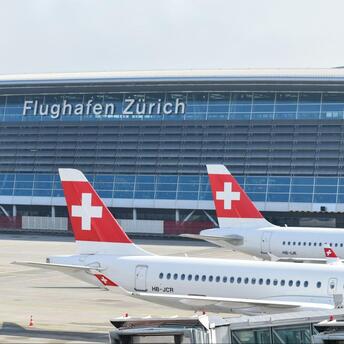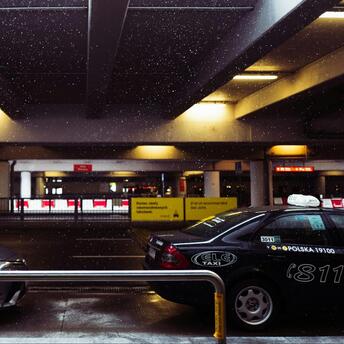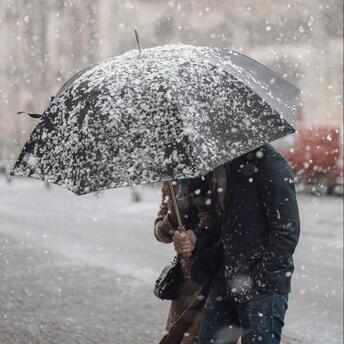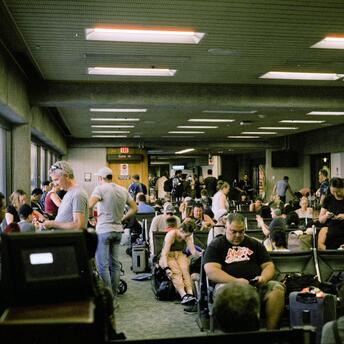Exploring Miami Through the Decades: A Journey of Transformation and Culture

Miami, a city known for its vibrant culture, stunning beaches, and dynamic energy, has undergone a remarkable evolution over the decades. From its early days as a quiet resort town to its current status as a global cultural hub, Miami’s history is as diverse and colorful as the city itself. This guide takes you through the key eras that have shaped Miami, offering insights into how the city’s unique character has been forged over time.
The Roaring Twenties: Miami’s Birth as a Resort Destination
The 1920s were a transformative period for Miami, marking the city’s emergence as a premier resort destination. During this decade, Miami experienced a real estate boom that attracted investors and tourists alike. The development of luxurious hotels and the famous Art Deco architecture began during this era, laying the foundation for the city’s reputation as a glamorous getaway.
One of the most iconic structures from this time is the Biltmore Hotel, which opened in 1926. This grand hotel quickly became a symbol of Miami’s opulence, drawing celebrities, politicians, and even royalty to its doors. The Biltmore remains a testament to Miami’s Jazz Age glamour, offering visitors a glimpse into the city’s illustrious past.
The 1950s: The Rise of Latin Influence
The 1950s marked the beginning of a significant demographic shift in Miami, as Cuban exiles began to settle in the city following the Cuban Revolution. This influx of immigrants brought a vibrant Latin culture to Miami, influencing everything from music and food to the city’s social fabric. The neighborhood of Little Havana emerged as the heart of this cultural transformation, becoming a focal point for the Cuban community and a symbol of Miami’s multicultural identity.
The influence of Latin culture in Miami during the 1950s also extended to the city’s nightlife. Clubs and dance halls played host to the infectious rhythms of salsa, mambo, and cha-cha, drawing crowds eager to experience the lively and colorful atmosphere that has since become synonymous with Miami. This era laid the groundwork for Miami’s reputation as a city where cultures converge and thrive.
The 1980s: A Time of Turbulence and Reinvention
The 1980s were a period of both challenge and reinvention for Miami. The city was at the center of the drug trade, which brought a wave of violence and crime that threatened its stability. However, this turbulent period also sparked a transformation that would redefine Miami’s image. The city’s leaders and residents came together to combat these issues, leading to a resurgence in tourism and development by the end of the decade.
One of the most significant developments during this time was the revitalization of South Beach. Once a neglected area, South Beach underwent a dramatic makeover, becoming a hotspot for art, fashion, and nightlife. The preservation of the Art Deco District, with its pastel-colored buildings and neon lights, played a key role in this transformation, attracting both locals and tourists to the area.
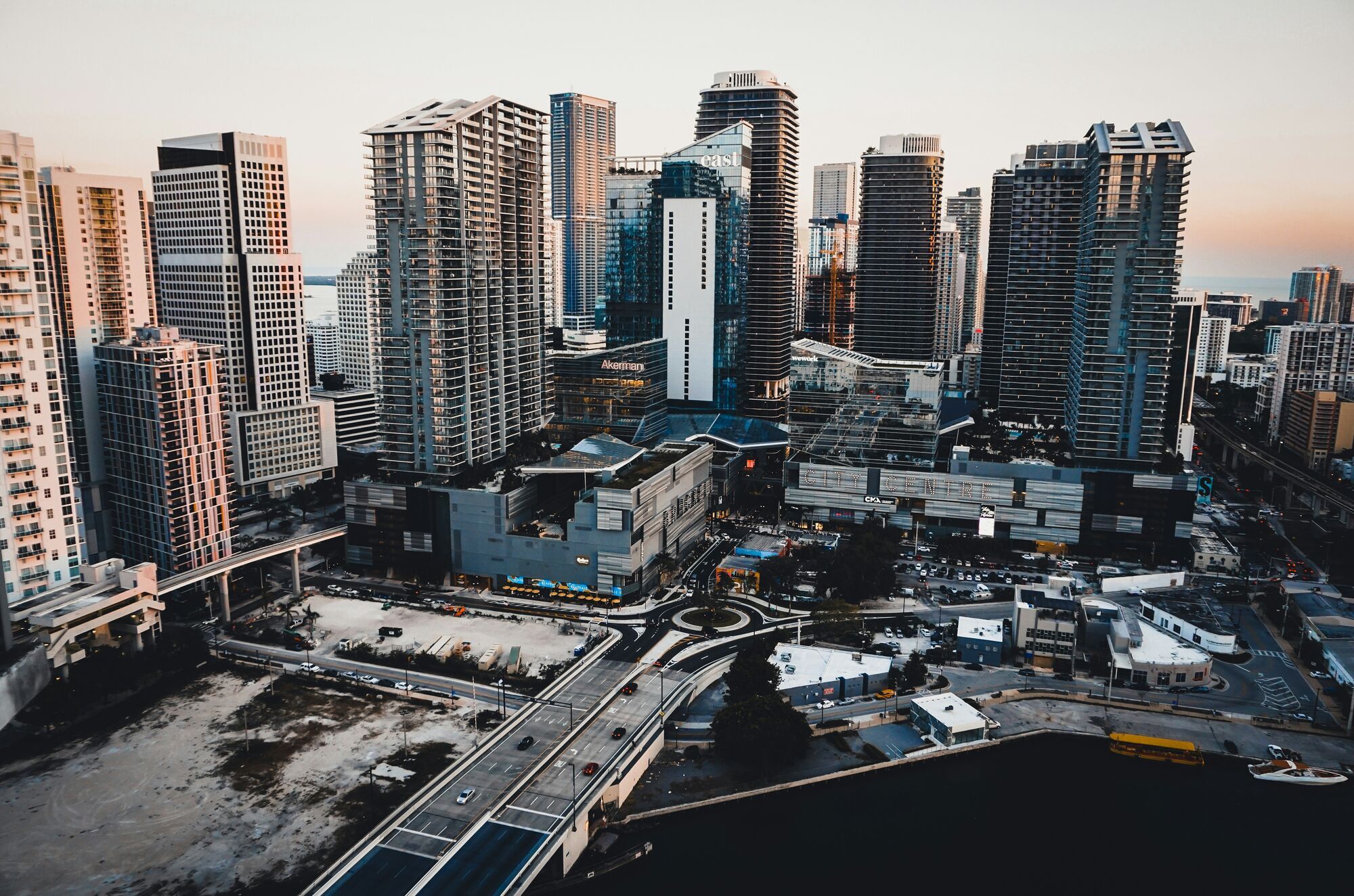
The 21st Century: Miami as a Global Cultural Hub
Entering the 21st century, Miami solidified its position as a global cultural hub. The city has become a melting pot of diverse influences, with its art scene gaining international acclaim. Events like Art Basel Miami Beach have put the city on the map as a major destination for contemporary art, drawing artists, collectors, and enthusiasts from around the world.
Miami’s culinary scene has also flourished in the 21st century, with a fusion of flavors reflecting the city’s multicultural makeup. From high-end dining experiences in the Design District to authentic Cuban cuisine in Little Havana, Miami offers a gastronomic journey that is as varied as its population.
Moreover, Miami’s music scene continues to evolve, with the city serving as a launchpad for Latin pop and reggaeton, further cementing its status as a cultural epicenter. Festivals, concerts, and events fill the city’s calendar year-round, making Miami a vibrant destination for those seeking both entertainment and cultural enrichment.





